Join forces to create new momentum and new space
Yesterday morning, June 25, the Ho Chi Minh City People's Committee held a conference to announce the Project to adjust the general planning of Ho Chi Minh City to 2040, with a vision to 2060. The approved planning project takes into account the regional connection between the city and provinces and cities in the Southeast region (including Binh Duong and Ba Ria-Vung Tau).
At the conference, Chairman of the Ho Chi Minh City People's Committee Nguyen Van Duoc emphasized that in just a few days, the merger with Binh Duong and Ba Ria-Vung Tau will form a new Ho Chi Minh City - not simply a sum of geographical space but a joint effort to create a new driving force, new space to develop the city's economy to a higher level, more classy, worthy of the region and the world. The synchronous and effective implementation of the planning project is an important premise for Ho Chi Minh City to maximize its potential advantages when merging with Binh Duong and Ba Ria-Vung Tau. Restructuring the entire development space of the country's three leading dynamic economic axes to become a financial, digital economic, marine economic, and high-tech industrial super city. According to Mr. Nguyen Van Duoc, Ho Chi Minh City is striving to enter the top 100 livable cities in the world in the near future.
The new Ho Chi Minh City will become a financial - high-tech industrial - marine economic super city.
PHOTO: Nhat Thinh
Analyzing the "super urban" factor of Ho Chi Minh City after the merger, architect Ngo Viet Nam Son, an urban planning expert, pointed out: First, Ho Chi Minh City's infrastructure system will be greatly strengthened when it has the largest train station in Song Than area (Binh Duong) and the largest seaport in Cai Mep (Ba Ria-Vung Tau). Combined with the existing advantages of Ho Chi Minh City as a financial economic center, a center of education and training, a center of technology, the new Ho Chi Minh City will become an economic sub-region with extremely strong internal strength.
In addition, the merger will change the urban planning structure of Ho Chi Minh City. Previously, the city was oriented to be a multi-centered urban area including 1 inner city and 5 satellite cities. After merging with Binh Duong and Ba Ria-Vung Tau, it will become 3 important development poles. In which, the central pole is the inner city of Ho Chi Minh City, the second pole is the urban side of Binh Duong New City. This is a high land area, ensuring adaptation to climate change and rising sea levels, with important development strategies. The city will develop traffic to push the urban area towards Binh Duong to ensure sustainable development factors.
The third pole is the Ganh Rai - Can Gio bay area, which will become a coastal urban pole with the combination of Cai Mep - Thi Vai port and Can Gio international transit port. Can Gio port will also connect with industrial clusters in Binh Duong, Thu Duc, Bien Hoa to upgrade to an international port. Can Gio coastal urban area, from the scale of a marine ecological urban area connecting with Ho Chi Minh City, will open up new potential when connecting with Ba Ria-Vung Tau. Bridges, roads, and connecting metro lines will also naturally form along the axis from Ba Ria-Vung Tau to Can Gio.
"Thus, a strategic infrastructure axis located in the middle of the new Ho Chi Minh City including Binh Duong - Ho Chi Minh City - Ba Ria-Vung Tau, including roads, railways, highways, waterways connecting to airports, seaports... will be formed, opening up a lot of new potentials, promoting the economy extremely strongly. Regional connectivity will become natural, no longer the scene of 3-4 localities having complicated meetings, just one decision is enough. Ho Chi Minh City will be like a national economic sub-region, management will not be too worried because there is great support from technology in the century of globalized information, flat world. This is an opportunity to realize regional connectivity projects to create strong growth poles in the south that we have been struggling to do for many years", architect Ngo Viet Nam Son hopes.
"Press the button" officially for the era of sea advancement
Professor Dang Hung Vo, former Deputy Minister of Natural Resources and Environment, acknowledged: In recent times, Ho Chi Minh City has always wanted to promote the marine economy to make an economic breakthrough. However, the city's interface with the sea is not much, mainly relying on Can Gio. On the other hand, Ho Chi Minh City is a megacity, located between the Southeast industrial region and the Southwest agricultural region, so it can develop ancillary services for agricultural and industrial development, including participating in international supply chains to export Vietnamese goods. When achieving great achievements in high-end service areas such as finance, high-quality human resource training, high-tech development, Ho Chi Minh City can catch up with other economic destinations such as New York, Shanghai, Osaka, Munich...
However, at present, Professor Dang Hung Vo assessed that the development prospects of Ho Chi Minh City have become much greater after merging with two provinces. In particular, Binh Duong is still pursuing the policy of developing a scientific urban area, while Ba Ria-Vung Tau is strongly developing marine economic sectors such as oil and gas exploitation, marine tourism, and maritime transport...
"Previously, the land area was limited, especially the interface with the sea, only able to build a foundation for developing high-end services such as finance, training high-quality human resources, developing technology... Up to now, Ho Chi Minh City has the ability to develop a huge marine economy, with enough conditions to expand the exploitation of marine resources, a quick solution to create national economic development to keep up with global development. More importantly, Ho Chi Minh City is located on the vital trans-oceanic route of the Pacific - Indian Ocean - Atlantic - Pacific Ocean. When Ho Chi Minh City creates a position for itself as a "Pearl of the Far East" in the new era, this "pearl" will be like a star on the global trans-oceanic route, attracting all geo-economic and geopolitical advantages to Vietnam", Professor Dang Hung Vo expressed his opinion.
Dr. Tran Quang Thang, Director of the Ho Chi Minh City Institute of Economics and Management, also said that the merger of Ho Chi Minh City with Binh Duong and Ba Ria-Vung Tau will open up opportunities for marine economic development, including tourism, exploitation of natural resources and renewable energy such as wind power and solar power. The megacity with its large scale and strategic location will become an attractive destination for international investors, especially in the fields of high technology, logistics and finance.
Specifically, each locality has its own strengths, such as Binh Duong's industry - urban - logistics and Ba Ria-Vung Tau's deep-water seaport - sea tourism. The merger will create a continuous value chain, similar to successful models such as Tokyo, Shanghai, New York, Seoul or Singapore. With the synchronous development of infrastructure, health care, education, and services, the new megacity will bring a higher quality of life to the people. These advantages will not only help Ho Chi Minh City become the leading economic center of the region but also create a solid foundation for a breakthrough in income and quality of life.
"In particular, the expansion of economic space combined with major projects such as the International Financial Center and Can Gio Super Port is opening a new chapter full of potential for Ho Chi Minh City. These two projects will create tens of thousands of direct and indirect jobs, from finance, logistics to technology and support services. Ho Chi Minh City will become an economic locomotive not only of Vietnam but also of Southeast Asia, helping to significantly increase national competitiveness. If Ho Chi Minh City takes advantage of this opportunity, it will become a regional financial - logistics center," Dr. Tran Quang Thang emphasized.
To be effective and thrive after becoming a megacity, Ho Chi Minh City needs to develop preferential policies to attract investment in potential areas such as high technology, logistics, renewable energy and marine tourism. In addition, it is necessary to strengthen cooperation with major cities in the region and around the world to learn from experience and expand the international economic network. In particular, using the right people for the right job and developing high-quality human resources will be the core factors to ensure success in the process of merging and developing the megacity of Ho Chi Minh City.
Dr. Tran Quang Thang (Director of Ho Chi Minh City Institute of Economics and Management)
Thanhnien.vn
Source: https://thanhnien.vn/hop-nhat-3-cuc-kinh-te-thanh-sieu-do-thi-cua-khu-vuc-185250625212314415.htm


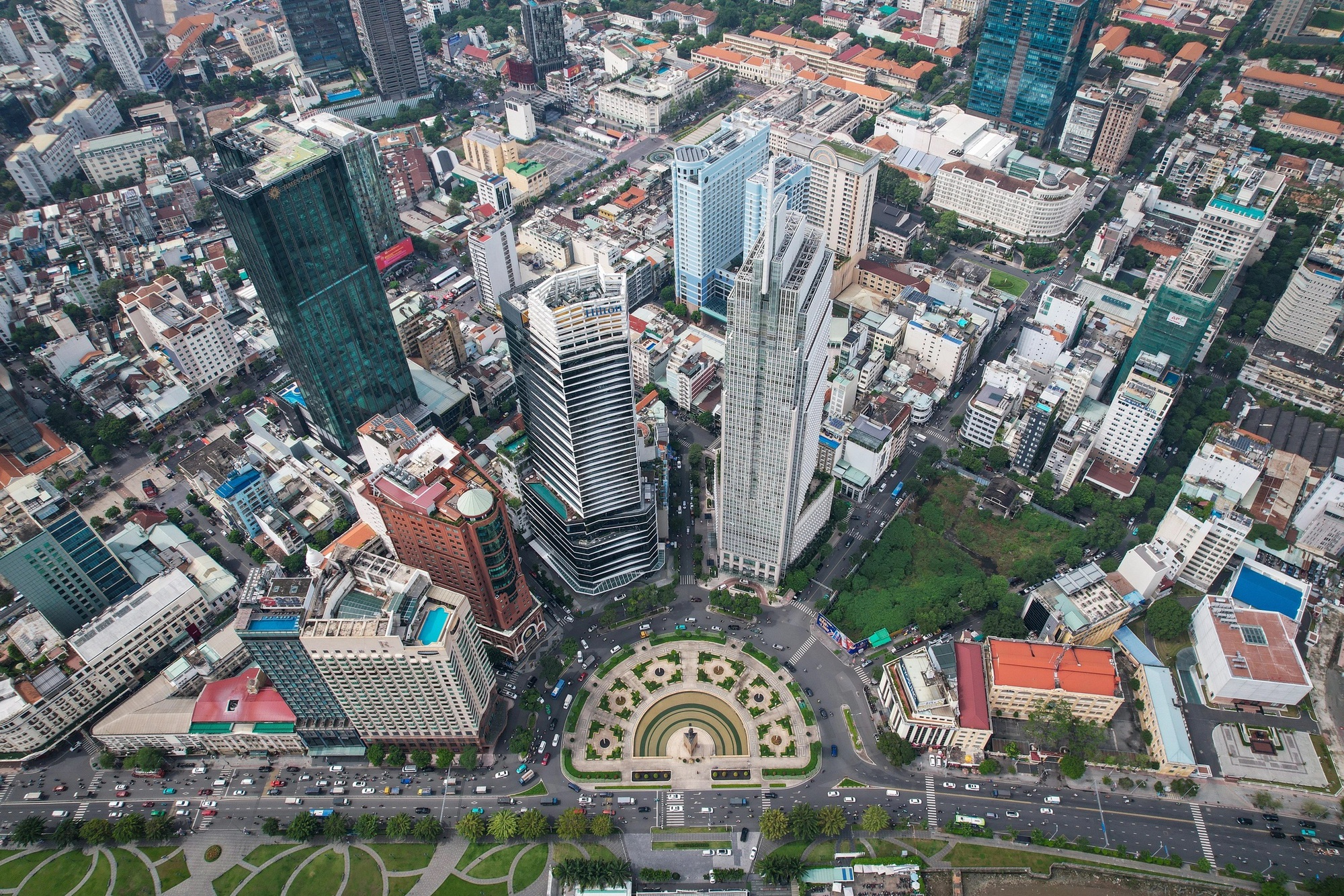


![[Photo] General Secretary To Lam and National Assembly Chairman Tran Thanh Man attend the 80th Anniversary of the Traditional Day of the Vietnamese Inspection Sector](https://vphoto.vietnam.vn/thumb/1200x675/vietnam/resource/IMAGE/2025/11/17/1763356362984_a2-bnd-7940-3561-jpg.webp)



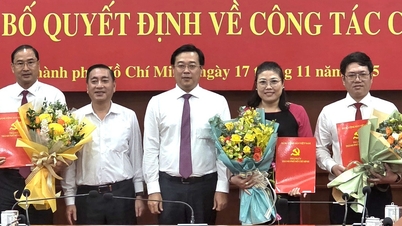

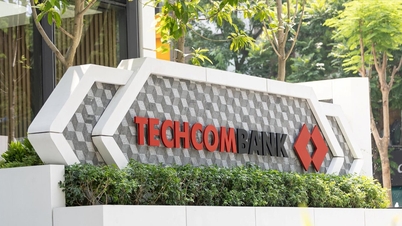

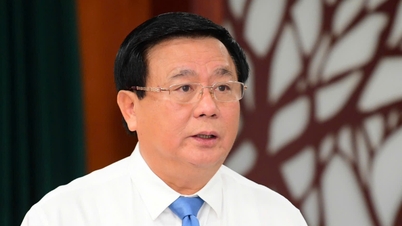


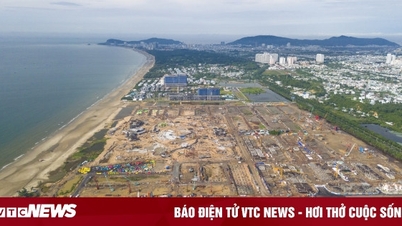

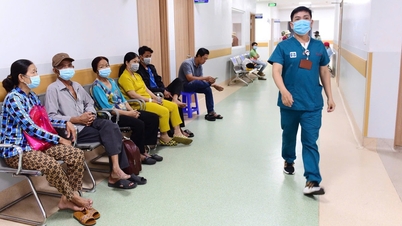


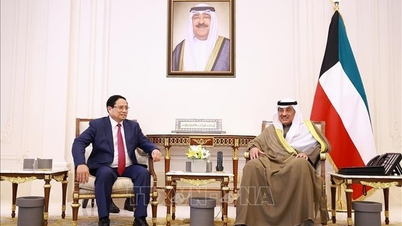
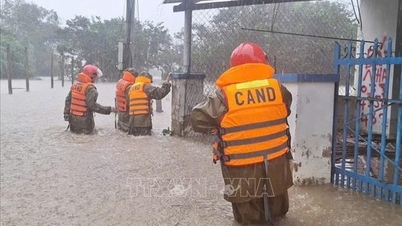
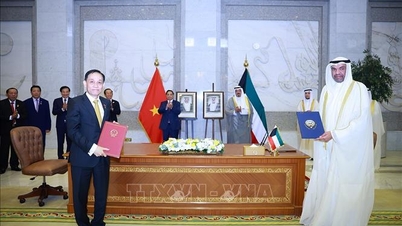
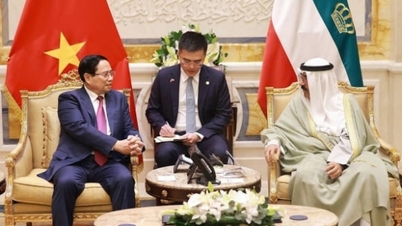

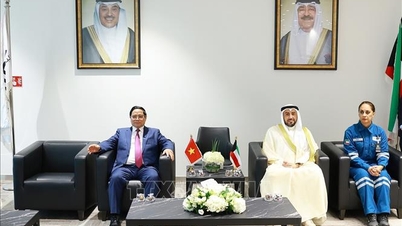








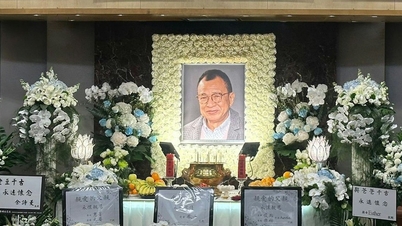




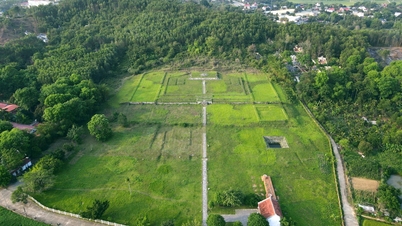


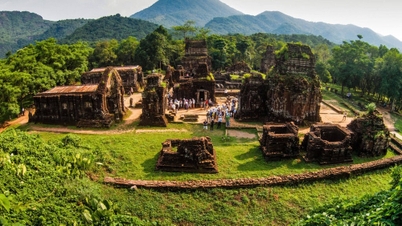









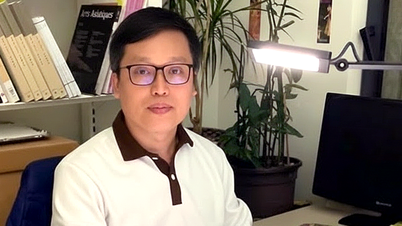


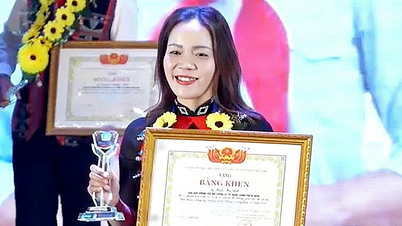





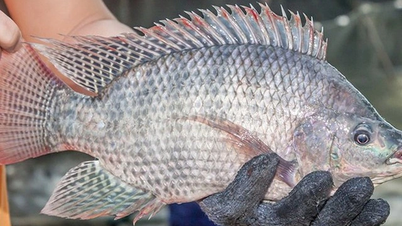




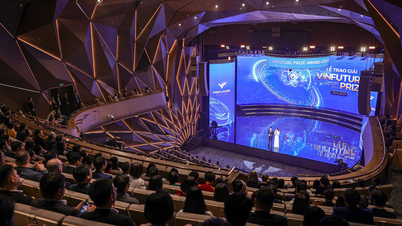






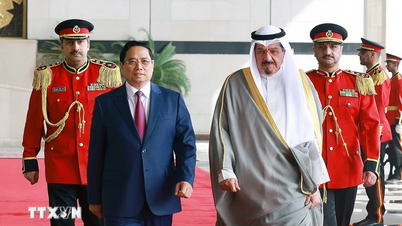
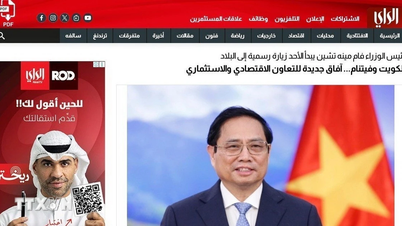



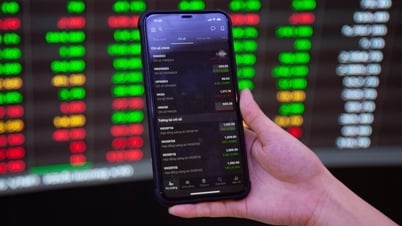


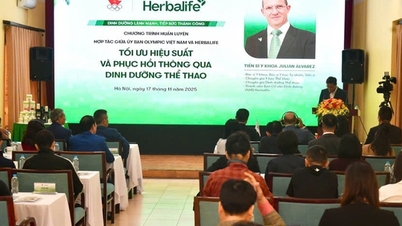

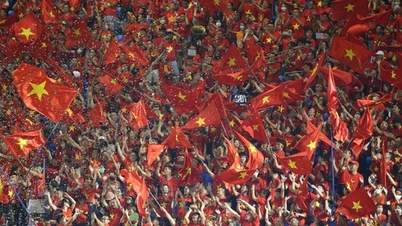
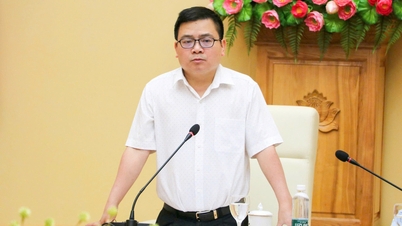



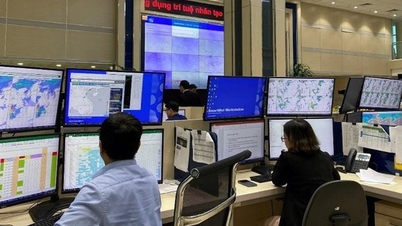



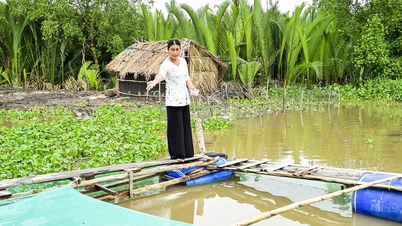
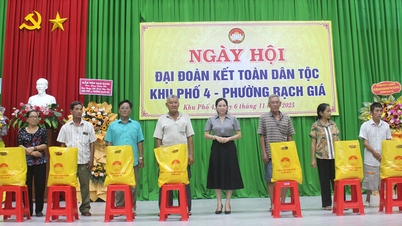
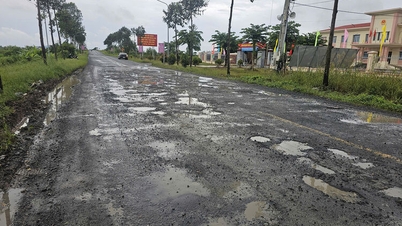



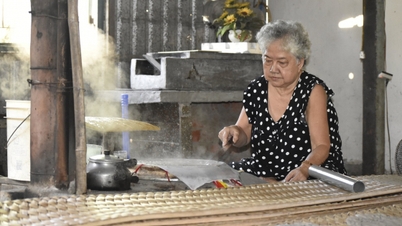










Comment (0)